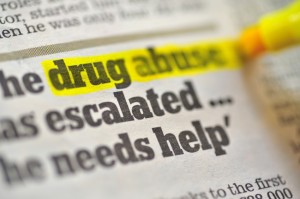 Where drug epidemics come from
Where drug epidemics come from
We tend to think of each new wave of drug problems as somehow unique, distinct from the others. But drug epidemics, like other epidemics, follow a reasonably predictable pattern.
By epidemic, we’re referring to a rapid spread or increase in the occurrence of a particular disease or disorder– in this case, abuse and addiction. Anybody can abuse a mood- or mind-altering substance, but ‘addiction’ (in medical terms) is required to be recognized by symptoms– usually involving compulsive use, loss of control, and continued use despite the mounting adverse consequences.
Epidemics often follow the introduction of some new or more potent addictive substance into a population. During the first half of the 18th Century, there was a mad epidemic of drunkenness in the city of London due to the appearance of an unfamiliar form of drink: gin (basically grain neutral spirits filtered through juniper berries). As Daniel Defoe wrote: “… Distillers have found out a way to hit the palate of the Poor…” Indeed they had.
Epidemics can be localized, like cocaine in the 1930’s, largely an urban phenomenon that hit the cities hard but never penetrated much beyond. The epidemic that occurred in the 70’s and 80’s, by contrast, spread rapidly to the suburbs and beyond, first in the Southeastern U.S. where cocaine was smuggled, and later throughout much of the nation.
Just as the first wave of that epidemic was coming to an end, the introduction of crack– a cheap, potent, and particularly addictive form of the drug– brought the epidemic to a whole new segment of the user population: Those without much money. Society was quite unprepared for the violence that followed.
Sometimes the introduction of the new substance is by way of doctors and clinics. Oxycontin and other potent opioids were brought to us by Big Pharma in a campaign to improve the treatment of chronic pain. With few controls, these meds were plugged into the vast prescription drug distribution system and into widespread use. There was evidence of diversion from the start, and over a few years, prescription painkiller abuse eclipsed heroin.
Now, of course, with restrictions on prescribing, addicts who were originally dependent on prescription drugs have turned to a cheaper alternative– heroin.
If this sounds like a pattern, that’s because it is. In Part Two we’ll take a look at another important factor in the gestation of a drug epidemic: Public overconfidence.










